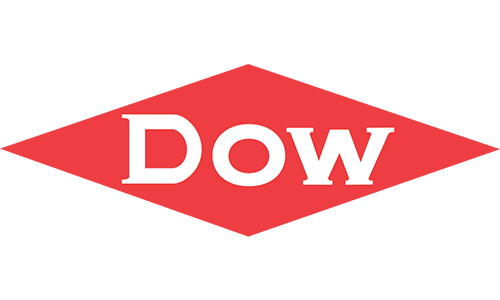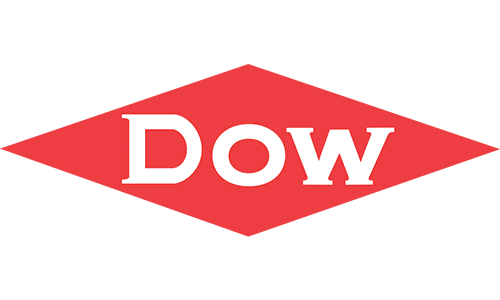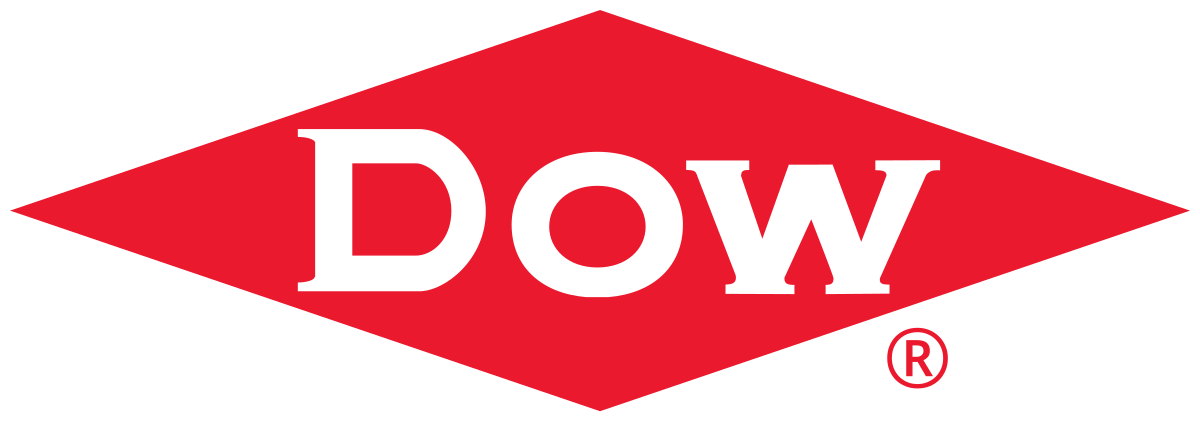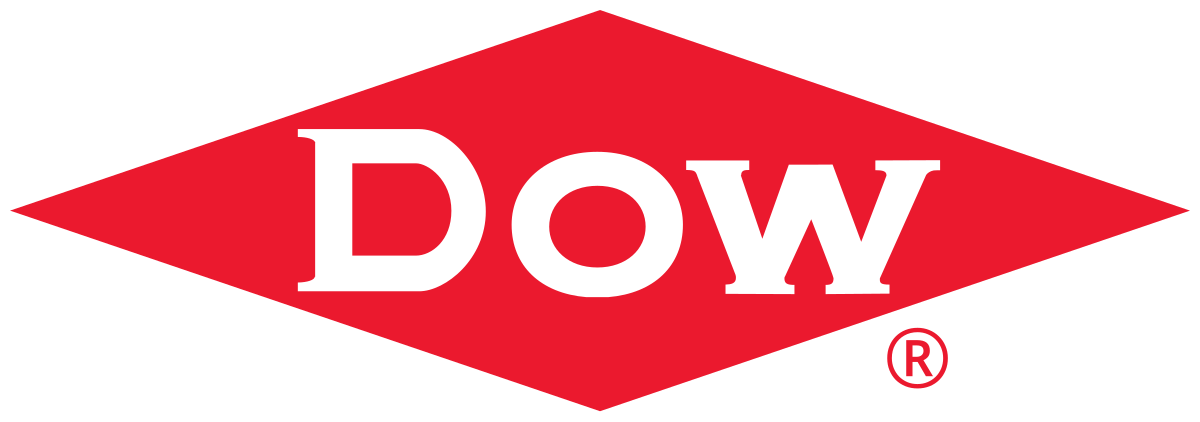Dow Inc. (NYSE:DOW) Faces Challenges Ahead of Earnings Release

- Earnings per share (EPS) is expected to decline by 111.8% compared to the same period last year.
- Revenue projections show a 5.2% decrease from the previous year, with a slight increase over analyst expectations.
- The company's financial metrics reveal a mixed picture, highlighting a high price-to-earnings (P/E) ratio and a moderate level of leverage.
Dow Inc. (NYSE:DOW) is a major player in the chemical industry, known for its diverse range of products and solutions. The company operates globally, providing materials science solutions to various sectors, including packaging, infrastructure, and consumer care. As a key competitor in the industry, Dow faces competition from companies like BASF and DuPont.
On July 24, 2025, Dow is set to release its quarterly earnings. Wall Street anticipates an earnings per share (EPS) of -$0.08, reflecting a significant decline of 111.8% compared to the same period last year. This downward trend in EPS is concerning for investors, as highlighted by the 19.4% downward revision in the consensus EPS estimate over the past 30 days.
Revenue projections for Dow are approximately $10.38 billion, slightly higher than the $10.35 billion expected by analysts. However, this still marks a 5.2% decrease from the previous year. The company's price-to-sales ratio of 0.49 suggests that the stock is valued at 49 cents for every dollar of sales, indicating a relatively low valuation compared to its sales.
Dow's financial metrics reveal a mixed picture. The price-to-earnings (P/E) ratio of 72.30 indicates that investors are willing to pay $72.30 for every dollar of earnings, which is relatively high. The enterprise value to sales ratio of 0.88 and the enterprise value to operating cash flow ratio of 14.73 provide insights into the company's valuation relative to its sales and cash flow.
The company's debt-to-equity ratio of 1.07 suggests a moderate level of leverage, with $1.07 of debt for every dollar of equity. Meanwhile, the current ratio of 1.54 indicates good short-term financial health, as Dow has $1.54 in current assets for every dollar of current liabilities. These metrics are crucial for investors assessing the company's financial stability and growth potential.
| Symbol | Price | %chg |
|---|---|---|
| BRPT.JK | 3570 | -0.56 |
| 051915.KS | 194000 | 3.71 |
| 051910.KS | 385500 | 0.13 |
| 086520.KQ | 93200 | 0.43 |

Dow Inc. (NYSE:DOW) Quarterly Earnings Overview and Financial Challenges
Dow Inc. (NYSE:DOW) is a leading materials science company that provides a wide range of products and solutions in sectors such as packaging, infrastructure, and consumer care. As a major player in the chemical industry, Dow competes with companies like BASF and DuPont. The company is set to release its quarterly earnings on Thursday, October 23, 2025, with Wall Street estimating an earnings per share (EPS) of -$0.31 and projected revenue of approximately $10.23 billion.
The company's financial metrics reveal some challenges. Dow's negative price-to-earnings (P/E) ratio of -15.60 indicates ongoing losses. This is a concern for investors as it suggests the company is not currently profitable. Despite this, the price-to-sales ratio of 0.37 implies that investors are paying $0.37 for every dollar of sales, which might be seen as a reasonable valuation given the current market conditions.
Dow's enterprise value to sales ratio is 0.74, reflecting how the market values the company relative to its sales. This ratio, along with the enterprise value to operating cash flow ratio of 25.20, shows how much investors are willing to pay for each dollar of operating cash flow. These figures suggest that while the company faces financial challenges, there is still investor interest in its potential for future growth.
The company's earnings yield is negative at -6.41%, further highlighting its financial difficulties. However, Dow's debt-to-equity ratio of 1.05 indicates that it has slightly more debt than equity, which is manageable. The current ratio of 1.69 suggests that Dow has a good level of liquidity, meaning it can cover its short-term liabilities effectively.
Recent global market developments, such as former President Trump's announcement of a 155% tariff threat on Chinese imports, have impacted the Dow and Nasdaq 100, as highlighted by FXEmpire. This has led to a retreat in US stock futures and Asian equities, raising concerns about an escalating trade war. These external factors could influence Dow's financial performance and investor sentiment in the coming quarters.

Dow Inc. (NYSE:DOW) Faces Market Challenges and Legal Investigation
- John McNulty from BMO Capital sets a price target of $20 for Dow Inc. (NYSE:DOW), indicating a potential decrease of approximately -20.56% from the current trading price.
- Pomerantz LLP investigates Dow for potential securities fraud following a 7% decrease in net sales year-over-year in Q2 2025.
- Dow's CEO announces changes to the dividend strategy in response to financial challenges, amidst a stock price decrease of 2.16%.
Dow Inc. (NYSE:DOW) is a leading materials science company that provides a wide range of products and solutions in sectors such as packaging, infrastructure, and consumer care. The company operates globally and is known for its innovative approach to addressing world challenges. Dow competes with other major players in the chemical industry, including BASF and DuPont.
On July 29, 2025, John McNulty from BMO Capital set a price target of $20 for Dow, while the stock was trading at $25.18. This target suggests a potential decrease of approximately -20.56% from the current trading price. As highlighted by StreetInsider, this significant difference raises questions about the company's future performance and market perception.
Pomerantz LLP is investigating Dow for potential securities fraud or unlawful business practices. This follows Dow's second-quarter 2025 financial disclosure, where net sales were reported at $10.1 billion, a 7% decrease year-over-year. The decline affected all operating segments, despite higher seasonal demand in Performance Materials & Coatings.
In response to the financial results, Dow's CEO announced changes to the company's dividend strategy. This move aims to address the financial challenges and reassure investors. The current stock price of $25.16 reflects a decrease of 2.16%, with a change of $0.56, indicating market volatility and investor concerns.
Dow's market capitalization is approximately $17.78 billion, with a trading volume of 4,419,556 shares on the NYSE. The stock has fluctuated between a low of $25.09 and a high of $25.60 today, and over the past year, it has ranged from a high of $55.67 to a low of $24.37. These figures highlight the stock's volatility and the market's reaction to recent developments.

Dow Inc. (NYSE:DOW) Faces Strategic Shifts and Market Challenges
- Dow Inc. (NYSE:DOW) plans to close three upstream assets in Europe, aiming to enhance margins and reduce costs.
- The company expects these closures to contribute $200 million in EBITDA by 2029, despite incurring $500 million in cash costs over the next four years.
- Despite a downgrade from BMO Capital, DOW's stock has shown resilience, with a current price increase to $28.77.
Dow Inc. (NYSE:DOW) is a major player in the chemical industry, known for its diverse portfolio of products and solutions. The company operates in segments such as Packaging & Specialty Plastics, Industrial Intermediates & Infrastructure, and Performance Materials & Coatings. Dow competes with other industry giants like BASF and DuPont. Recently, BMO Capital downgraded DOW's rating to "Cautious" from "Underperform," with the stock priced at $28.69 at the time of the announcement.
Dow's strategic decision to close three upstream assets in Europe by the end of 2027 is a significant move. The closures include an ethylene cracker in Böhlen, Germany, and chlor-alkali and vinyl assets in Schkopau, Germany. These actions are part of Dow's effort to reduce costs and streamline operations. The company aims to enhance margins and lower its exposure to merchant sales, as highlighted by Benzinga.
The planned shutdowns also include the basic siloxanes plant in Barry, U.K., under the Performance Materials & Coatings segment. Dow expects these actions to contribute $200 million in EBITDA by 2029. However, the company will incur $500 million in cash costs over the next four years. This reflects Dow's commitment to reducing energy-intensive operations and aligning with its broader strategic goals.
Despite the downgrade by BMO Capital, DOW's stock has shown resilience. The stock is currently priced at $28.77, marking a 4.69% increase or $1.29. During the trading day, it fluctuated between $27.67 and $29.61. Over the past year, DOW has experienced a high of $55.97 and a low of $25.06, indicating significant volatility in its stock performance.
Dow's market capitalization is approximately $20.34 billion, with a trading volume of 13.34 million shares on the NYSE. These figures highlight the company's substantial presence in the market. As Dow continues to implement its strategic plans, investors will be keenly watching how these changes impact the company's financial performance and stock value.

DOW (NYSE:DOW) Downgraded by BMO Capital Amid Market Volatility
- BMO Capital downgraded DOW to "Underperform" with a stock price of $28.73.
- Despite the downgrade, DOW's stock price slightly increased to $28.77, showing resilience.
- The broader US stock indices, including NASDAQ, S&P 500, and Dow Jones, are expected to experience some softness, potentially impacting DOW's performance.

Dow Inc. (NYSE:DOW) Quarterly Earnings Preview: A Closer Look at Financial Metrics and Investor Concerns
Dow Inc. (NYSE:DOW) is a leading materials science company that provides a wide range of products and solutions in sectors such as packaging, infrastructure, and consumer care. As Dow prepares to release its quarterly earnings on April 24, 2025, Wall Street anticipates an earnings per share (EPS) of -$0.02 and revenue of approximately $10.26 billion. This release is closely watched by investors and analysts alike.
The expected weak earnings are attributed to increased maintenance expenses and rising feedstock costs. These factors have led to a significant year-over-year decline of 103.6% in EPS, as highlighted by Wall Street analysts. Despite these challenges, Dow has implemented cost-cutting measures, offering some optimism for investors.
The company's revenue is projected to be $10.27 billion, a 4.6% decrease from the same quarter last year. A major concern for investors is the sustainability of Dow's high dividend yield, especially if a global recession prolongs the current downturn in the business cycle.
Despite these economic challenges, Dow's price-to-book ratio of 1.10 suggests it remains a viable long-term investment. The company's price-to-earnings (P/E) ratio is approximately 18.29, indicating the price investors are willing to pay for each dollar of earnings. Dow's financial metrics provide insight into its valuation and performance. The price-to-sales ratio of 0.48 suggests investors are paying 48 cents for every dollar of sales.
The enterprise value to sales ratio is 0.83, reflecting the company's valuation compared to its sales. Additionally, the enterprise value to operating cash flow ratio is 12.31, showing how the company's valuation compares to its cash flow from operations. The company's debt-to-equity ratio of 0.99 indicates a balanced use of debt relative to its equity, while a current ratio of 1.61 suggests a good level of liquidity to cover short-term liabilities.
With an earnings yield of 5.47%, Dow offers a return on investment based on its earnings, making it an attractive option for long-term investors despite the current challenges.

Dow Inc. (NYSE:DOW) Quarterly Earnings Preview: A Closer Look at Financial Metrics and Investor Concerns
Dow Inc. (NYSE:DOW) is a leading materials science company that provides a wide range of products and solutions in sectors such as packaging, infrastructure, and consumer care. As Dow prepares to release its quarterly earnings on April 24, 2025, Wall Street anticipates an earnings per share (EPS) of -$0.02 and revenue of approximately $10.26 billion. This release is closely watched by investors and analysts alike.
The expected weak earnings are attributed to increased maintenance expenses and rising feedstock costs. These factors have led to a significant year-over-year decline of 103.6% in EPS, as highlighted by Wall Street analysts. Despite these challenges, Dow has implemented cost-cutting measures, offering some optimism for investors.
The company's revenue is projected to be $10.27 billion, a 4.6% decrease from the same quarter last year. A major concern for investors is the sustainability of Dow's high dividend yield, especially if a global recession prolongs the current downturn in the business cycle.
Despite these economic challenges, Dow's price-to-book ratio of 1.10 suggests it remains a viable long-term investment. The company's price-to-earnings (P/E) ratio is approximately 18.29, indicating the price investors are willing to pay for each dollar of earnings. Dow's financial metrics provide insight into its valuation and performance. The price-to-sales ratio of 0.48 suggests investors are paying 48 cents for every dollar of sales.
The enterprise value to sales ratio is 0.83, reflecting the company's valuation compared to its sales. Additionally, the enterprise value to operating cash flow ratio is 12.31, showing how the company's valuation compares to its cash flow from operations. The company's debt-to-equity ratio of 0.99 indicates a balanced use of debt relative to its equity, while a current ratio of 1.61 suggests a good level of liquidity to cover short-term liabilities.
With an earnings yield of 5.47%, Dow offers a return on investment based on its earnings, making it an attractive option for long-term investors despite the current challenges.







